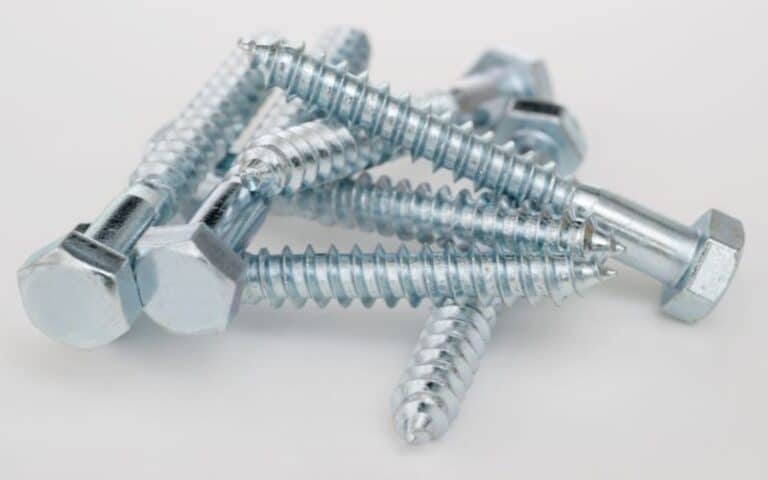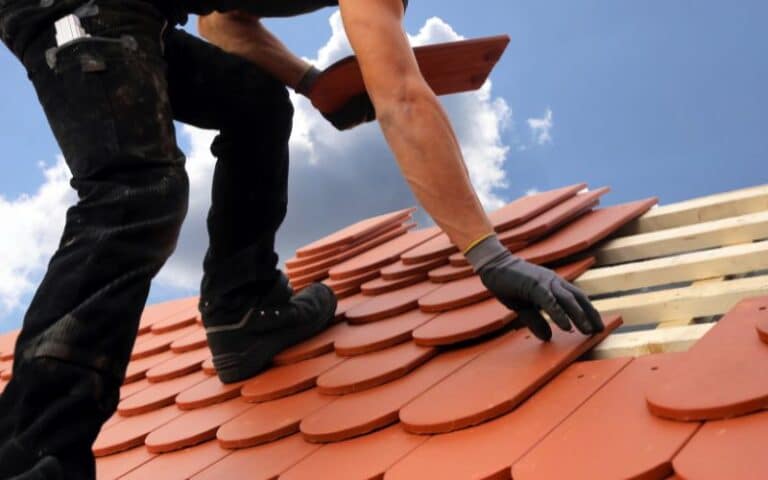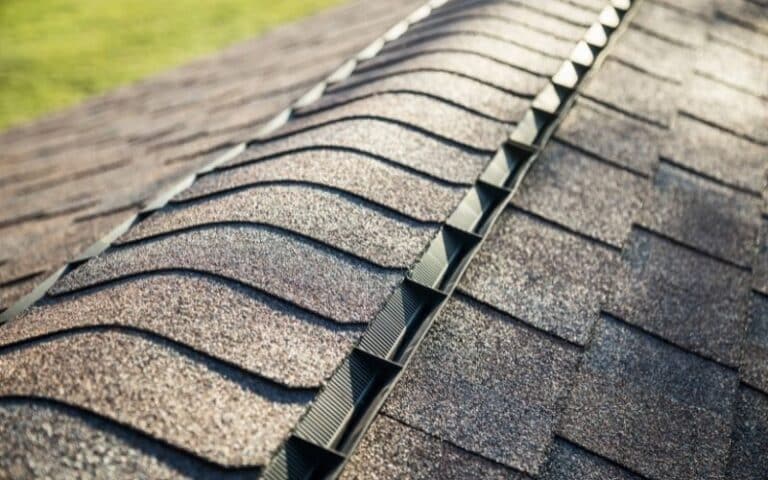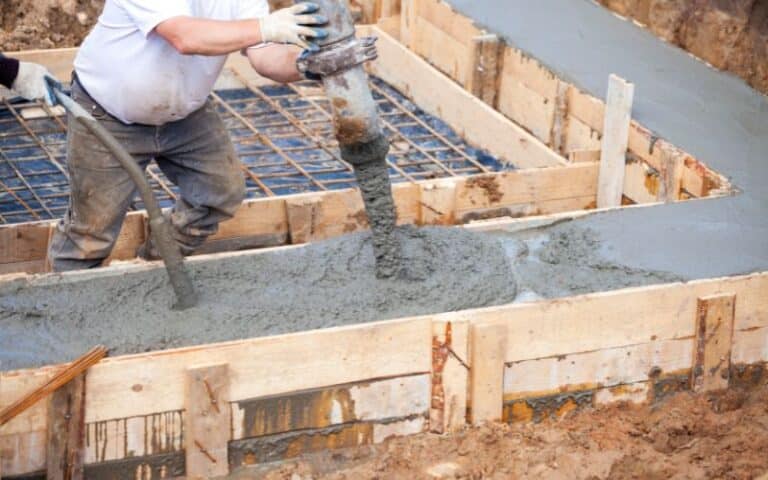Roofing decking, also known as roof decking, is one of the most important aspects of roofing a building. It does not matter if the building is residential or not.
Roof decking provides the background support for roofing tiles or shingles. It also acts as a seal against issues like leaks.
Therefore, there is a constant need to use the best materials and techniques.
Over the past couple of years, plywood has come to replace tongue & groove wood planks or boards. There are many reasons for this shift in preference. The most important of these reasons is that plywood is versatile, cheap, and less labor-intensive. In addition, you should know that plywood can be designed with tongue and groove edges.
Ready for a Roofing Quiz?
Can You Use Tongue and Groove Plywood on A Roof?

The simple answer to this question is yes. Using the tongue and groove plywood for roof decking has become a welcome development.
The t&g plywood is stronger and more rigid than regular plywood. This feature helps to ensure that there is no sagging at the wood joints.
There are other advantages tongue plywood has over regular plywood. The very first advantage is that it is time-saving. Plywood panels take less time to align.
Meanwhile, one must be extremely careful when gluing or bonding regular plywood pieces together.
Another advantage is that the seams are tight, and there is a lesser chance of wear and tear. In addition, the tongue and groove joints help with the even distribution of weight across the entire surface area.
Tongue and groove wood is built so that there is room for expansion and constriction of the wood. This allowance helps to prevent the warping of the wood.
Plywood boards are completely level when laid. T&G roof decking also reduces the squeaking of roofs or even floors.
For this reason, they are recommended by the U.S Department of Housing and Urban Development as ideal roofing materials.
The tongue and groove format allows construction pieces to be joined with as little effort as possible. It was first introduced in the 17th century as an innovative flooring technique.
But now, it is used in decking, subflooring, and walling. The boards used at this time were known as tongue and groove boards.
In addition, the boards are produced in the shape of planks from pine, cedar, cypress, or spruce. They are generally called solid wood tongues and groove boards.
T&G Plywood Over Solid Wood T&G Boards
Both boards offer the same fundamental uses. They are made for handling big projects and are durable. But till there is a shift in preference for tongue and groove plywood.
This shift from good old solid wood t&g boards can be attributed to the nature of the plywood. Plywood is lighter in weight and more durable.
It is also more budget-friendly even at such high quality. It is also less susceptible to warping due to environmental factors.
Plywood is a versatile material you can utilize for many operations, even construction. Because of this difference in uses, there is also a difference in the size or thickness of plywood.
The difference depends on what the boards are being used for.
What Is the Best Type of Plywood for Roof Decking?
Plywood comes in three major types. Each type varies from the other based on strength performance. The plywood best suited for tongue and groove roof decking is the structural plywood.
It has the strength to support all other roofing operations.
The second type of plywood is the general plywood. This plywood does not have the strength required for structural roof decking. It is put to use in less demanding operations.
The last type of plywood is the shuttering plywood used when setting concrete roofs.
The strength of plywood boards comes from the way it is made and arranged. Plywood is made from the bonding of thin layers of wood together.
This bonding is done so that the grains of each tongue and groove board are arranged alternately.
This alternate arrangement contributes to the strength of the board. It also helps the boards in resisting expansion and shrinkage.
Generally, plywood can expand when wet and return to its original size when it dries up.
What Is the Best Thickness for Plywood for Roof Decking?
Generally, roofing sheath plywood comes in varying thicknesses ranging from ¼ inches to 1 inch. Before buying your plywood, you will have to consider a couple of factors.
These factors determine the thickness of the plywood you will need for your building. These factors include:
- The slope of the roof: The steeper the slope of your roof, the less thick the plywood needs to be.
- The space between roof rafters: The ideal space between the rafters is always 24 inches when installing roof rafters. However, this spacing can vary depending on the type of building. At this spacing, the plywood thickness should be at least 5/8 inches.
For example, if the rafters have 16 inches of space, you can conveniently use plywood 3/8 inches thick. At 20 inches of rafter space, plywood with ½ or 5/8 inches will work well. - The pressure exerted by additional weight or natural forces is broken down into two subfactors. The first subfactor to consider is the weight of additional materials for finishing touches.
These materials are either shingle or roofing tiles. - The second factor depends on the geographical area the building is in. if it is prone to snowy weather, then the plywood has to be thicker. The advantage of thicker plywood is that it can carry the weight of snow or ice.
The rule of thumb is simple: the wider the space and the higher the expected pressure, the thicker the plywood.
Conclusion
The tongue and groove format makes roof decking seem so easy. However, it is not like any DIY project you can pick up.
You have to consider your safety, the quality of the job, and the time it will take to finish the job. Therefore, it is always advisable to have professionals do the job.






